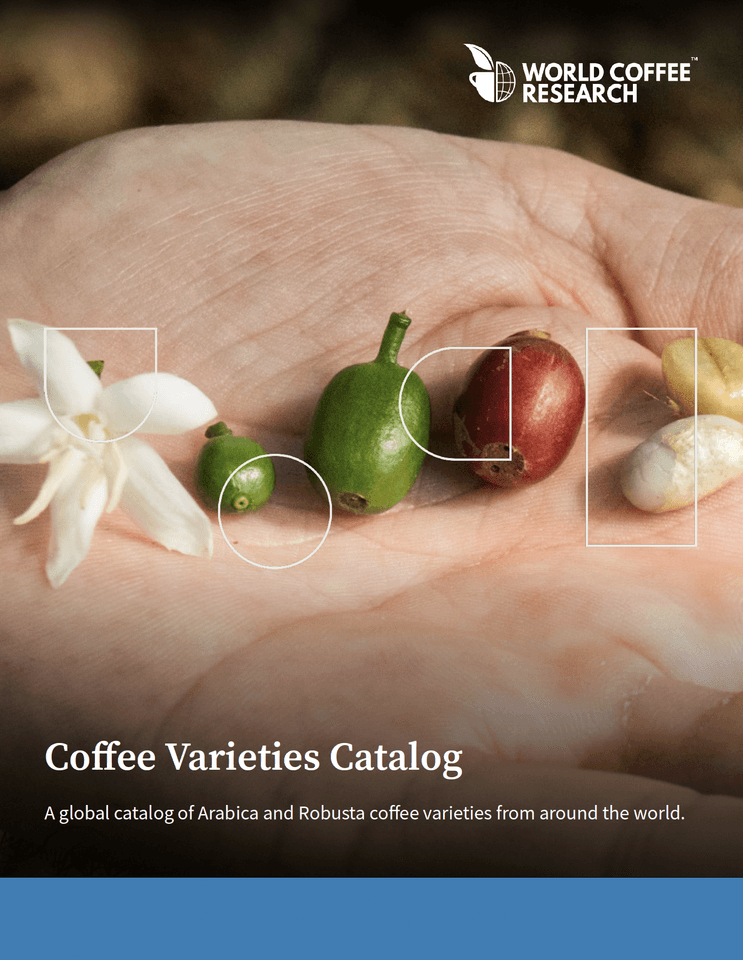Varieties catalog goes global
Revamped tool adds 11 varieties from six African countries
This week, World Coffee Research (WCR) launched a major update to its Arabica Coffee Varieties catalog, expanding it to include varieties from six new countries: Kenya, Malawi, Rwanda, Uganda, Zambia, and Zimbabwe. The catalog previously only covered varieties commonly found in and around Central America.
The updated catalog contains 53 total varieties, with expanded histories for many of them. The updated version introduces the following varieties: Bourbon Mayaguez 139, Bourbon Mayaguez 71, Jackson 2/1257, K7, KP423, SL28, Harrar Rwanda, Mibirizi, Nyasaland, Pop3303/21, SL14, SL34, Catimor 129, Batian, RAB C15, and Ruiru 11.
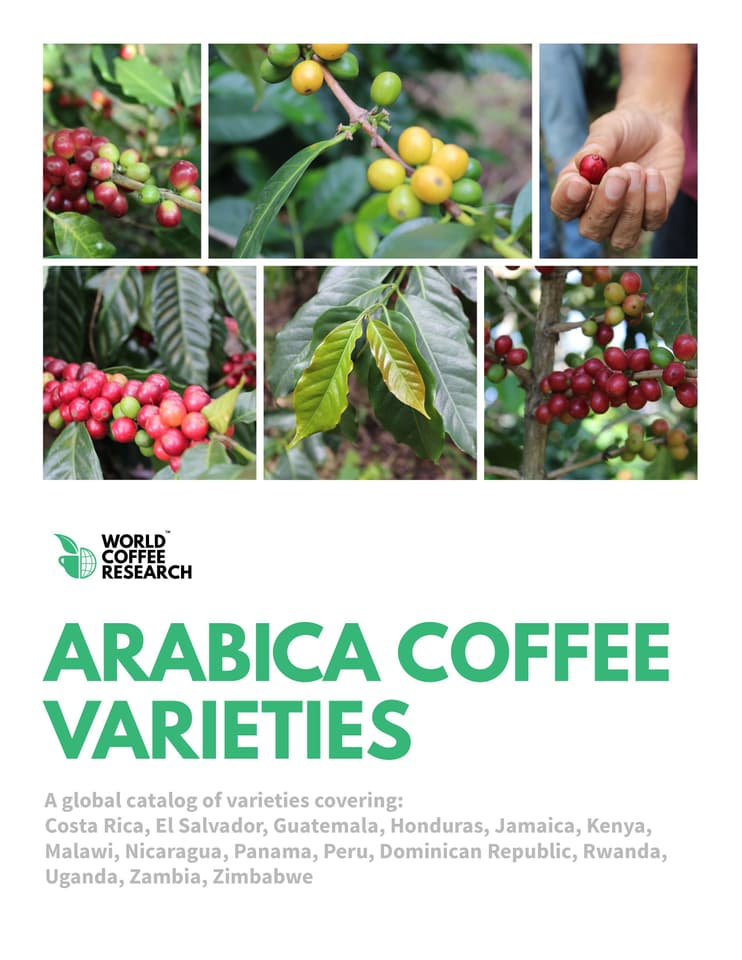
The catalog presents a breadth of information on each variety, from its appearance and key agronomic traits to its genetic background and intellectual property rights. For example, Jackson, which is cultivated primarily in Rwanda, is tall with a large bean size, has a high yield potential and grows well at high altitude, is related to Bourbon, and exists in the public domain. By providing information on this and other varieties, the catalog aims to enable those working in coffee to make informed decisions about which varieties may work best for their specific needs.
“We’re very proud to be expanding the catalog to include six African countries,” says Christophe Montagnon, scientific director WCR a lead author on the catalog. “The catalog is a living document, and as we continue to expand its global reach, we hope it supports more and more farmers in one of the most difficult and important decisions they make for the long-term sustainability of their farms.”
The varieties catalog also includes information on which varieties are currently available through the World Coffee Research Verified program, which certifies coffee seed and nursery producers to improve the health, traceability and genetic purity of coffee plants. (The program is currently available in Central America.)
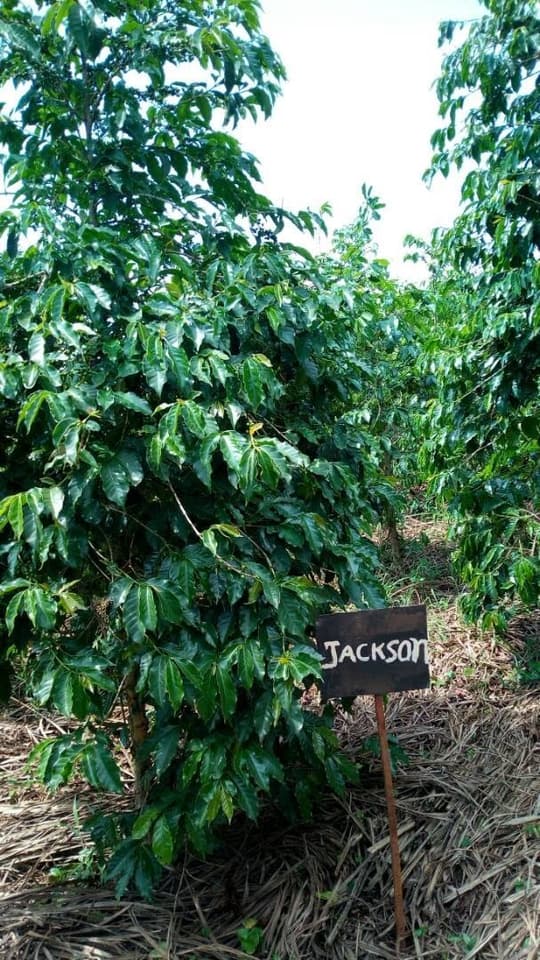
New insights into the history of coffee
Our knowledge of the genetic diversity of coffee is constantly improving. For this new edition of the Arabica Coffee Varieties catalog, we include some substantive updates based on new analysis of our DNA database, including the insight that there are in fact Typica and Bourbon "genetic groups," to which the distinct Typica and Bourbon varieties belong (for example: SL28 is in the Bourbon group, but not the same as the Bourbon variety; SL34 and SL14 belong to the Typica group but are not the same as the Typica variety). The varieties in each group are genetically similar, like cousins, but they are not the same.
The groups of Typica and Bourbon originate from small, related populations that traveled from Ethiopia, to Yemen, and then to India. With each major geographical movement, often only one or a small handful of seeds from each group was taken to new places, resulting in "genetic bottlenecking" (the severe reduction of genetic diversity), leading to the emergence of the individual Bourbon and Typica varieties. For example, after the Typica group was introduced to Indonesia from India, a single coffee plant was taken in 1706 from Java to Amsterdam and given a home in the botanical gardens. This single plant gave rise to the Typica variety (just one variety among many in the Typica genetic group) that colonized the Americas during the 18th century. But diverse populations of the Typica group remained in India, and from there made their way to Africa. Thus, in Africa today, there are many Typica-related varieties (such as SL34 and SL14) that are nevertheless distinct from the unique Typica variety that became dominant in Latin America in the 1800s.
The graphic below illustrates how these groups moved around the world and how those moves resulted in genetic bottlenecking. The expanded Arabica Coffee Varieties catalog includes an updated introduction with a detailed history of the Bourbon and Typica genetic groups. The expanded catalog also includes revised information on the genetic groups for some varieties, confirmed through World Coffee Research’s DNA fingerprinting service:
- Testing has confirmed that the SL34 and SL14 varieties—which were previously thought to descend from Bourbon—are actually from the Typica genetic group.
- DNA fingerprinting has shown that old Indian varieties known as Coorg and Kent are part of the Bourbon genetic group, and not Typica as was thought. This indicates the first seeds sent out of Yemen to India by Baba Budan in 1670 likely included both the Bourbon and Typica groups, and not only Typica as was previously thought. This may mean the Typica branch separated from Bourbon when the Dutch brought seeds in 1696 and 1699 from India (not from Yemen, as is often told).
Launching in Africa
In conjunction with the online release of the expanded Arabica Coffee Varieties catalog, WCR is releasing a printed version of the catalog at this week’s African Fine Coffees Association (AFCA) conference in Kampala, Uganda. Christophe Montagnon, WCR’s scientific director, participated in a session titled “Emerging Trends in Coffee—Coffee Varieties, Sensory, Robusta & Processing,” and the printed version will be distributed to all attendees, courtesy of UTZ/Rainforest Alliance.
The catalog supports broader efforts by WCR and its partners in Central America—and now Africa—to reimagine a coffee sector such that all farmers have access to healthy coffee plants and the tools to make good planting decisions in support of their goals.
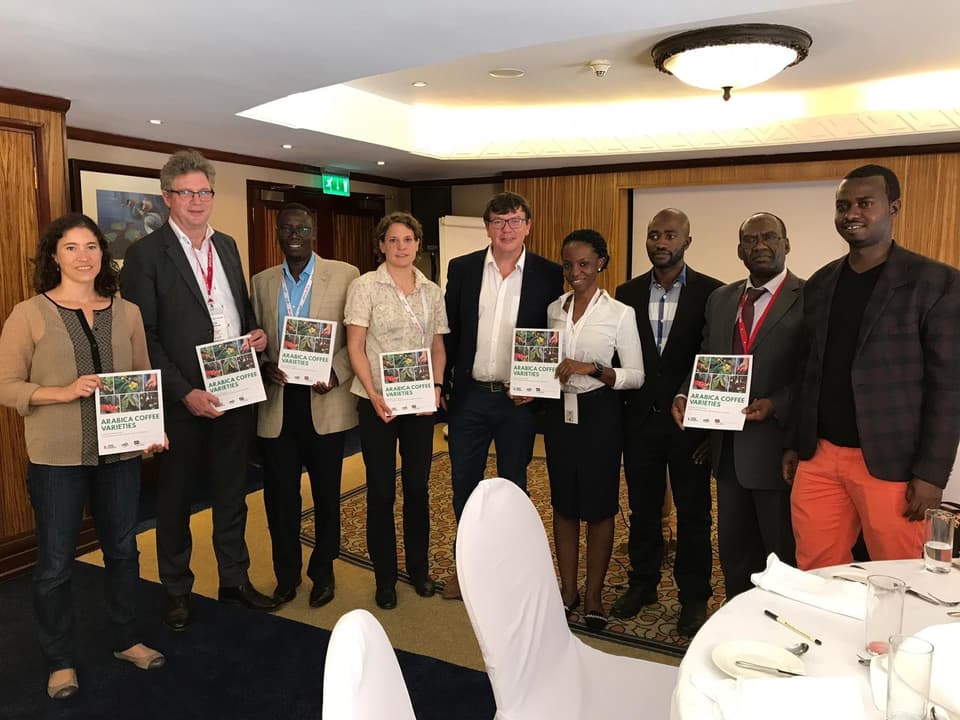
180 experts and counting
To create the varieties catalog, WCR worked with coffee experts from across Central America and Africa, with funding from USAID and UTZ/Rainforest Alliance. The catalog is the result of visits to 16 countries and interviews with nearly 180 people from more than 100 private and public bodies involved in the national or regional coffee sectors of Central America, the Caribbean, and Africa.
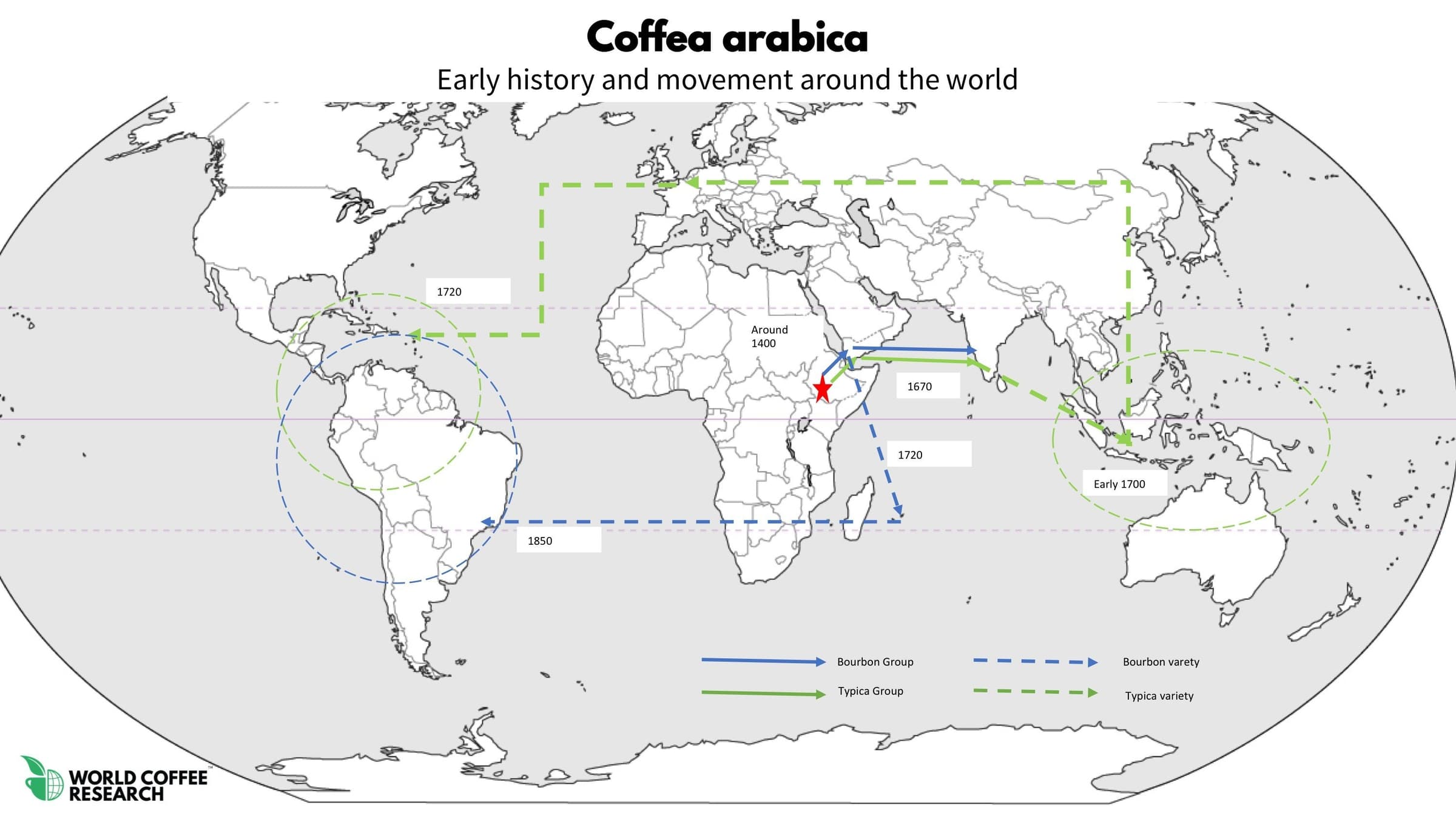
A new understanding of coffee's movement around the world was prompted by the expansion of the catalog to include African varieties.
